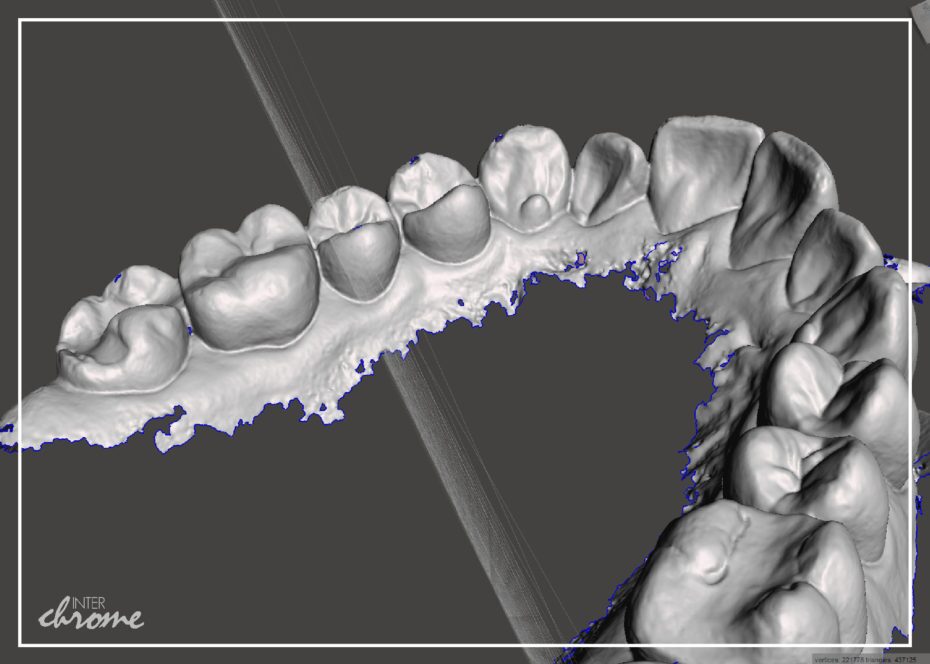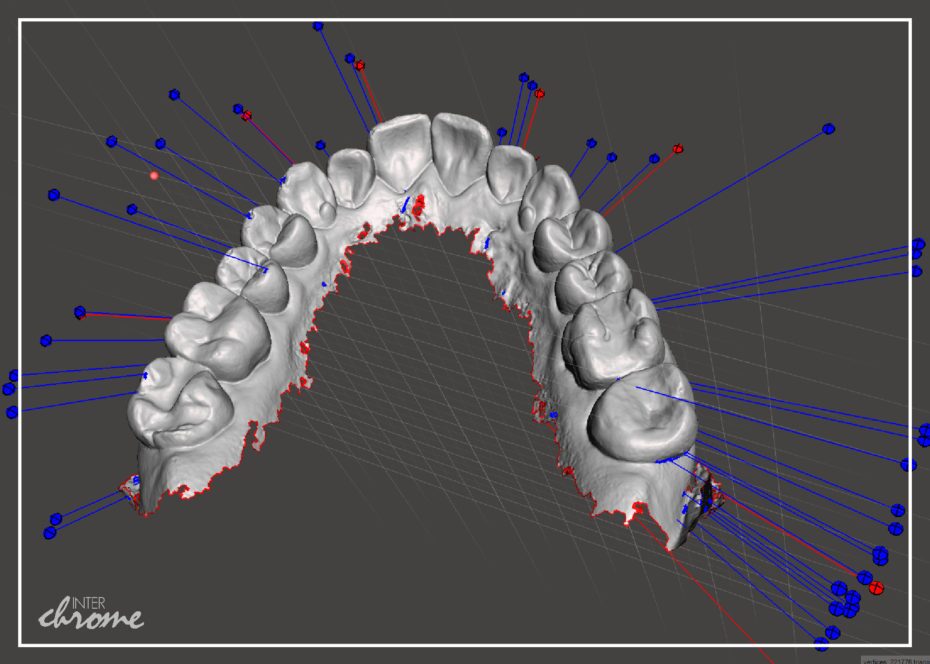
A lot is going on in your mouth at night. If your patients are like many in this country, they’re grinding or clenching their teeth, which can lead to an array of issues, and many times they’re not even associated with the teeth themselves. This is the clinical definition of “Bruxism”. It’s the involuntary clenching or grinding of the teeth, and it affects at least 10% of all adults, and 15% of kids according to the American Sleep Association.
The patients themselves might not even know they’re doing it. But their partner might have heard it at night, and you, their dentist can definitely see evidence of it. So are you ready to approach this? Understand that you’re likely not going to be able to stop the underlying cause of the bruxism itself, since it often happens at night during sleep. But you can suggest your patient get a night guard, a custom appliance made by Inter-Chrome, that will help eliminate the nasty results of the parafunction itself.
Don’t currently do splint therapy in your practice? We’re proud to say that an overwhelming majority of our clients love the ease in which our night guards seat, and the accuracy of the biting surface before they ever have to lay a bur to them. This is because of the cutting edge technology that helps us be so precise. We are digitally designing night guards from both digital scans, and physical impressions. Regardless of how you choose to get the information to us, the process is made seamless when we are able to digitally block out and control insertion and amounts of retention, so that both clinician and patient has a consistent and positive outcome.
If you are going to be sending scans, here’s an easy tip to remember that will go a long way. It’s easy to think that since you know the shape of a splint, your scan can just barely cover the lingual aspect of the teeth and just a little down into the vault of the palate. Toward the edges of scans, we often see small areas of spotty coverage, and naturally the software doesn’t like this kind of surface. Then we have to crop or cut back just past that spotty area, and we’re left with not much area to create the actual appliance!
The best way to combat this is to scan for more area than you know we need! That way, when we need to cut back the scan, there is plenty of information there! Also, to identify areas of a scan that could be suspect, look for physical holes in the information. That could be holes interproximally, or holes on the periphery. Both pose the same potential problem of the software throwing an error due to insufficient scan information.


Scan for more area than you know we need…
See the following quick video showing our night guards, and then send us one of your cases to experience the difference for yourself! If you have more questions, we’ll be happy to have a conversation with you. Call us at 757-271-5811, and we’ll help you look like a hero to your patients.
Include the discount code ICsplint19 on your labscript for a 25% discount on your first night guard made by Inter-Chrome!
